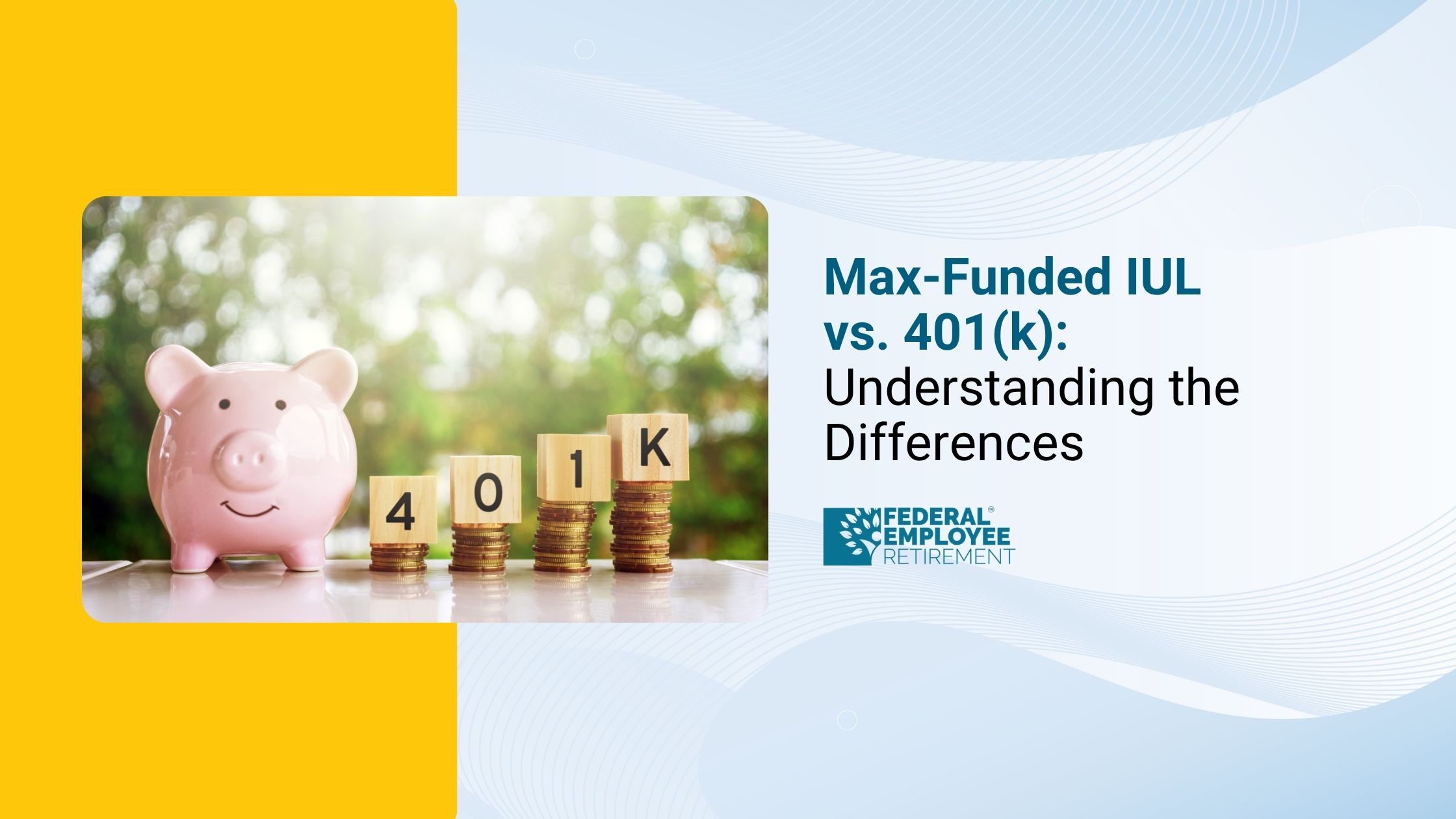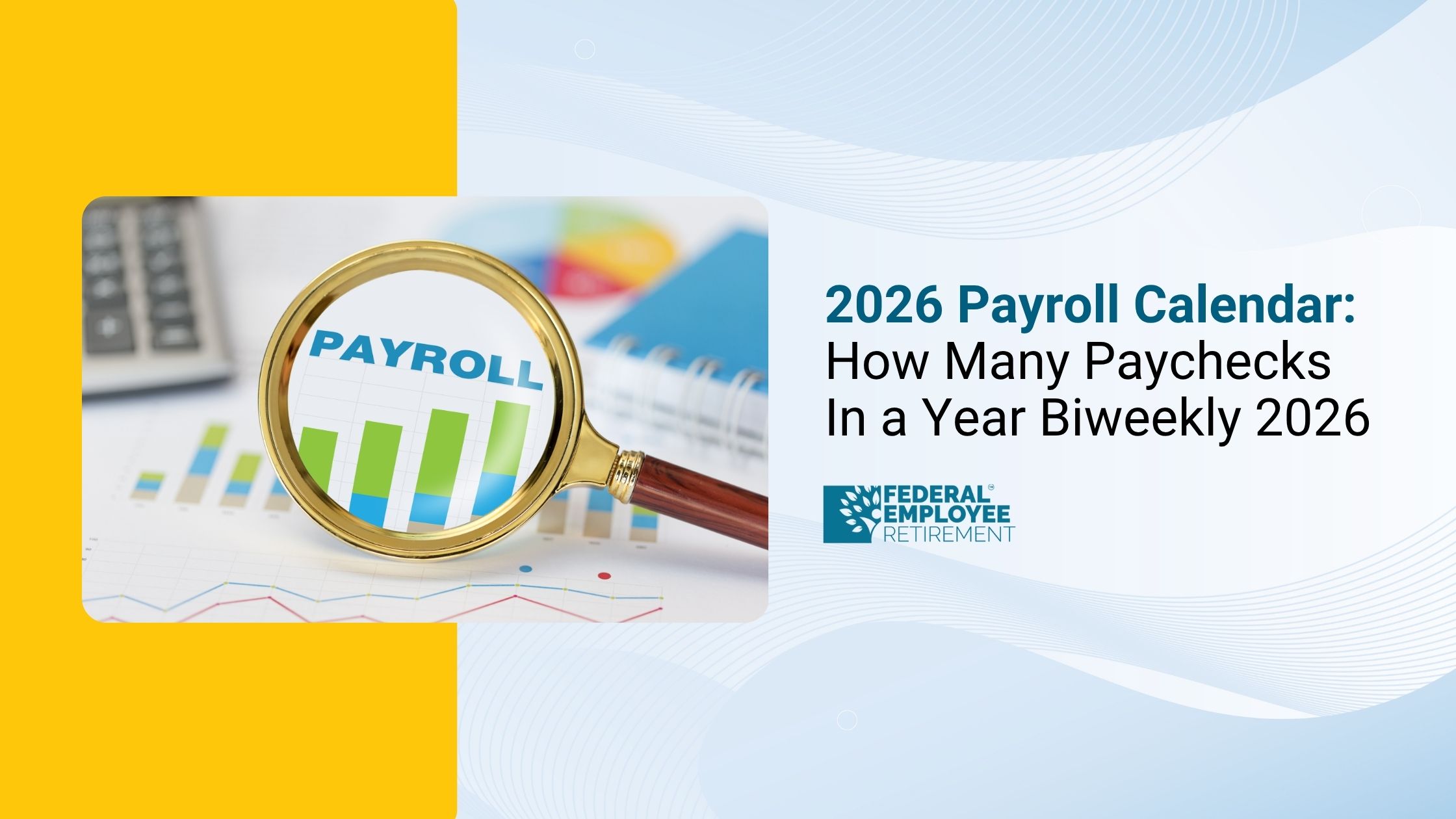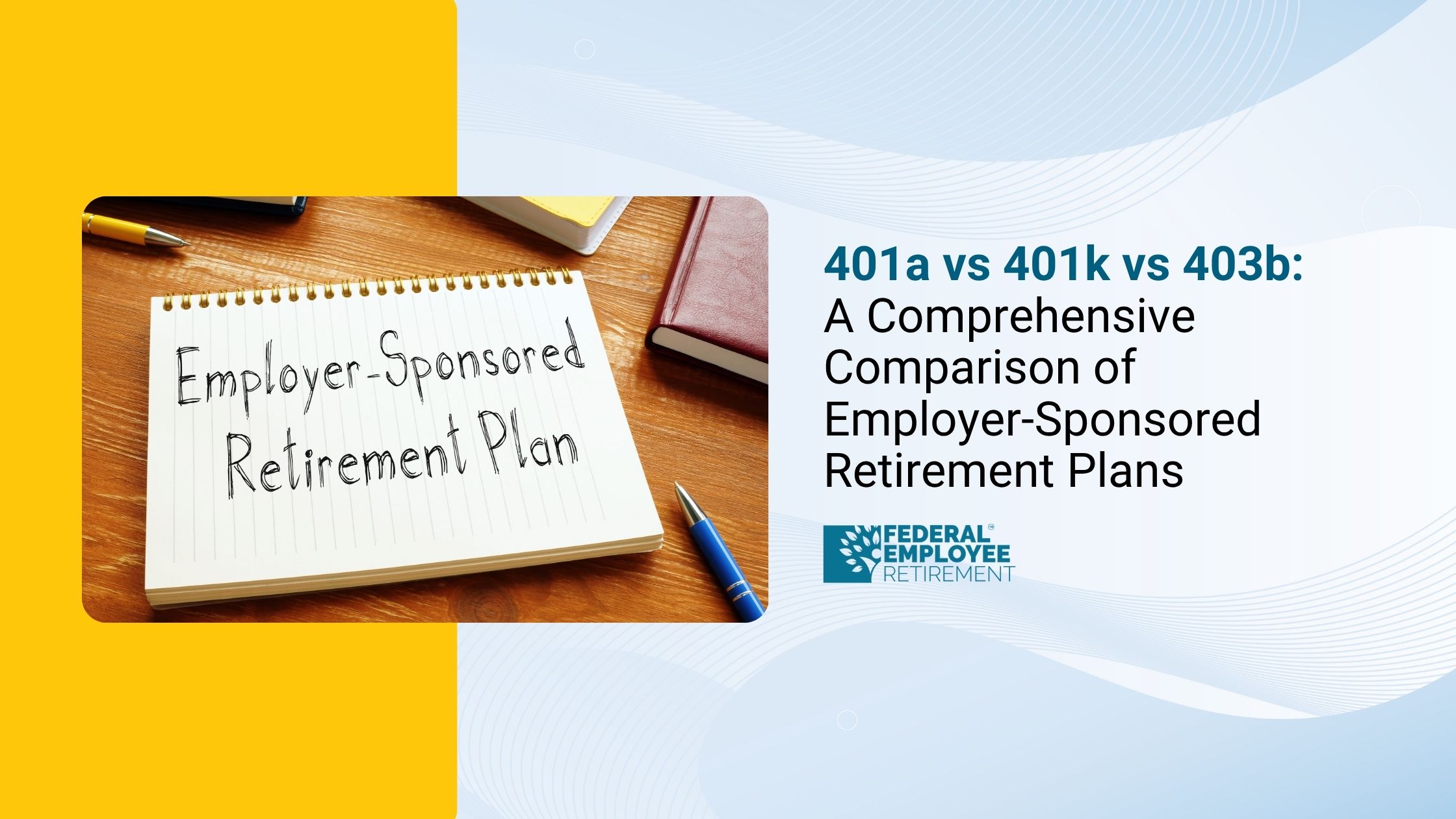You’re not alone; 4,359 federal employees booked their free review.

Max Contribution to HSA 2025: What You Can Save
Health Savings Accounts (HSAs) continue to be one of the most effective ways to lower taxes while setting aside money for medical costs today and well into retirement. But maximizing those benefits starts with understanding the max contribution to HSA 2025, because your HSA has strict annual limits set by the IRS and going over them can lead to unexpected penalties.
For 2025, the maximum Health Savings Account (HSA) contribution is $4,300 for self-only coverage and $8,550 for family coverage. Individuals age 55 and older can make an additional $1,000 catch-up contribution.
With contribution limits increasing again for 2025, it’s a good time to review how much you can save, how eligibility works, and which rules matter most for avoiding costly mistakes.
2025 & 2026 HSA Max Contribution Limits
The IRS adjusts HSA limits each year for inflation. These updates determine the max yearly contribution to HSA whether you have self-only coverage or a family HDHP.
2025 HSA Max Contribution Limits
- Self-only coverage: $4,300
- Family coverage: $8,550
- Age 55+ catch-up: Additional $1,000
This means your combined total including employer funding cannot exceed these max contributions to HSA for 2025.
2026 HSA Contribution Limits
- Self-only coverage: $4,400
- Family coverage: $8,750
- Catch-up contribution: Additional $1,000
Knowing both years’ limits helps with long-term planning, especially if you aim to maximize your HSA annually.
Who Can Contribute: Eligibility Requirements
To contribute up to the HSA max contribution 2025, you must be enrolled in a qualifying High-Deductible Health Plan (HDHP). The IRS sets specific minimum deductibles and maximum out-of-pocket limits.
2025 HDHP Requirements
- Minimum deductible: $1,650 (self-only), $3,300 (family)
- Out-of-pocket max: $8,300 (self-only), $16,600 (family)
2026 HDHP Requirements
- Minimum deductible: $1,700 (self-only), $3,400 (family)
- Out-of-pocket max: $8,500 (self-only), $17,000 (family)
You cannot contribute to an HSA if you:
- Are enrolled in Medicare
- Are covered by a non-HDHP plan
- Have a general-purpose FSA
- Are claimed as a dependent
If any of these apply, you’re ineligible to contribute even if you already have an HSA.
Contribution Deadline: How Long You Have to Fund Your HSA
You can make contributions up to the max contribution to HSA 2025 anytime during the calendar year and until the federal tax filing deadline (usually April 15, 2026).
This gives you extra time to reach your desired annual amount.
If You Weren’t Eligible All Year: Prorating Your Limit
If your HDHP coverage didn’t last the entire year, you may need to prorate your max yearly contribution to HSA.
How it works:
- Count the number of months you were HSA-eligible on the first day of the month
- Divide by 12
- Multiply by the yearly limit
Example:
You had self-only HDHP coverage from January 1 to November 30, 2025.
Eligible months: 11
11/12 × $4,300 = $3,941.67
This becomes your personal max contributions to HSA for that year.
The Last-Month Rule: Contribute the Full Amount Even With Late Enrollment
If you're HSA-eligible on December 1, the IRS allows you to contribute the entire annual limit regardless of when your coverage began.
However, you must stay in an HDHP from December 1 through December 31 of the following year (testing period).
If you don’t:
- The extra contributions become taxable
- A 10% penalty applies
The rule can be useful but dangerous if your coverage changes unexpectedly.
Also read - hsa contribution limits 2025
Catch-Up Contributions for Individuals and Couples
If you’re age 55 or older, you can contribute an extra $1,000 beyond the HSA max contribution 2025.
For couples:
- Each spouse 55+ must have their own HSA
- Each can make their own $1,000 catch-up contribution
These cannot be combined into one account.
Tax Penalties for Over-Contributing or Misusing Funds
Exceeding the max contributions to HSA results in:
Over-Contribution Penalties
- 6% excise tax on the excess
- Tax applied every year until removed
- Excess amount counts as taxable income
- You can avoid penalties if you correct the excess before the tax deadline.
Using funds on non-qualified expenses
- Before age 65 → 20% penalty + income tax
- After age 65 → Income tax only (no penalty)
HSA vs. FSA: How They Can Work Together
You can contribute up to the max yearly contribution to HSA and have an FSA but only if the FSA is HSA-compatible.
HSA-Compatible (Limited Purpose) FSAs:
- Cover only dental & vision expenses
- 2025 contribution limit: $3,300 per person
- Spouses with separate FSAs can each contribute up to $3,300
Unlike FSAs, HSAs don’t have a “use-it-or-lose-it” rule, making them better for long-term saving.
Advisor’s Insight: How Savvy Savers Maximize the HSA Every Year
Federal employees, private-sector workers, and retirees who consistently reach the HSA max contribution 2025 often use a long-term approach:
- Pay smaller medical expenses out of pocket
- Keep receipts and let the HSA balance grow
- Invest the HSA balance once thresholds are met
- Use tax-free withdrawals later in life when medical costs rise
This strategy turns the HSA into a triple-tax-advantaged retirement tool something no other account can match.
At Federal Pension Advisors, we help federal employees make confident, informed choices about their benefits. If you want clarity on your FEHB plan, retirement timeline, or how your HSA fits into your long-term strategy, our advisors are here to guide you.
Schedule your complimentary benefits review today. Your future self will thank you.

Key Takeaways
- The max contribution to HSA 2025 is $4,300 (self-only) and $8,550 (family)
- 2026 limits rise to $4,400 and $8,750
- Add a $1,000 catch-up if you're 55 or older
- Eligibility depends on having a qualifying HDHP
- Contribution deadlines run until the tax filing date
- Partial-year coverage may require prorating
- HSAs and limited-purpose FSAs can work together
- Over-contributing triggers IRS penalties
Conclusion
Understanding the IRS rules including the HSA max contribution 2025, eligibility requirements, and penalty risks ensures you get the full benefit of one of the most tax-efficient savings tools available. Whether you're planning for current health costs or long-term financial security, maximizing your HSA each year can significantly strengthen your financial position.
FAQs:
1. Will the HSA limits increase in 2025?
The IRS increased Health Savings Account (HSA) contribution limits for 2025.
- Self-only coverage: $4,300 (up from $4,150 in 2024)
- Family coverage: $8,550 (up from $8,300 in 2024)
- Catch-up (age 55+): Additional $1,000
These changes apply to anyone enrolled in a qualifying High-Deductible Health Plan (HDHP).
2. How much can I contribute to my HSA in 2025 including employer match?
For 2025, your total contributions (you + employer + anyone else) cannot exceed:
- $4,300 for self-only HDHP coverage
- $8,550 for family HDHP coverage
If you're age 55 or older, you may add a $1,000 catch-up contribution, but this catch-up must come from you, not your employer.
Example
If your employer contributes $1,000 and you're enrolled in self-only coverage:
- Your personal max contribution = $3,300
- ($4,300 limit minus $1,000 employer contribution)
3. What is the maximum FSA contribution for 2025?
For 2025, the IRS increased the health FSA limit to:
- $3,300 per employee
If both spouses have access to their own employer’s FSA, each can contribute up to $3,300 meaning a household can contribute up to $6,600 total.
This limit applies to general-purpose FSAs, limited-purpose FSAs, and HSA-compatible FSAs.
Disclaimer:
The information provided in this article is for general educational purposes only and should not be considered financial, tax, or legal advice. HSA and FSA rules are determined by the IRS and may change. Contribution limits, eligibility requirements, and tax implications can vary based on individual circumstances. Before making decisions regarding your Health Savings Account, Flexible Spending Account, or any other benefits, consult with a qualified tax professional, financial advisor, or benefits specialist.
Content Reference Sources
Internal Revenue Service (IRS)
U.S. Congress / Congress.gov
Fidelity Investments — HSA Contribution Limits 2025 & 2026
SmartAsset — HSA Maximum Contribution Guides
Risk Strategies — IRS HSA/HDHP Limit Announcements
Bolton — HSA/HDHP Limit Increase Analysis
Mercer or SHRM (Society for Human Resource Management) — annual benefits updates
Benefit administrative platforms (e.g., HealthEquity, Optum, HSA Bank) — educational material


Get Updated
Subscribe to our weekly updates for the latest on retirement planning, federal benefits, exclusive webinars, and more!
Download Federal Retirement: Step-by-step Checklist
This comprehensive guide will help you understand your federal benefits, optimize your savings, and plan for a comfortable future.



.png)







